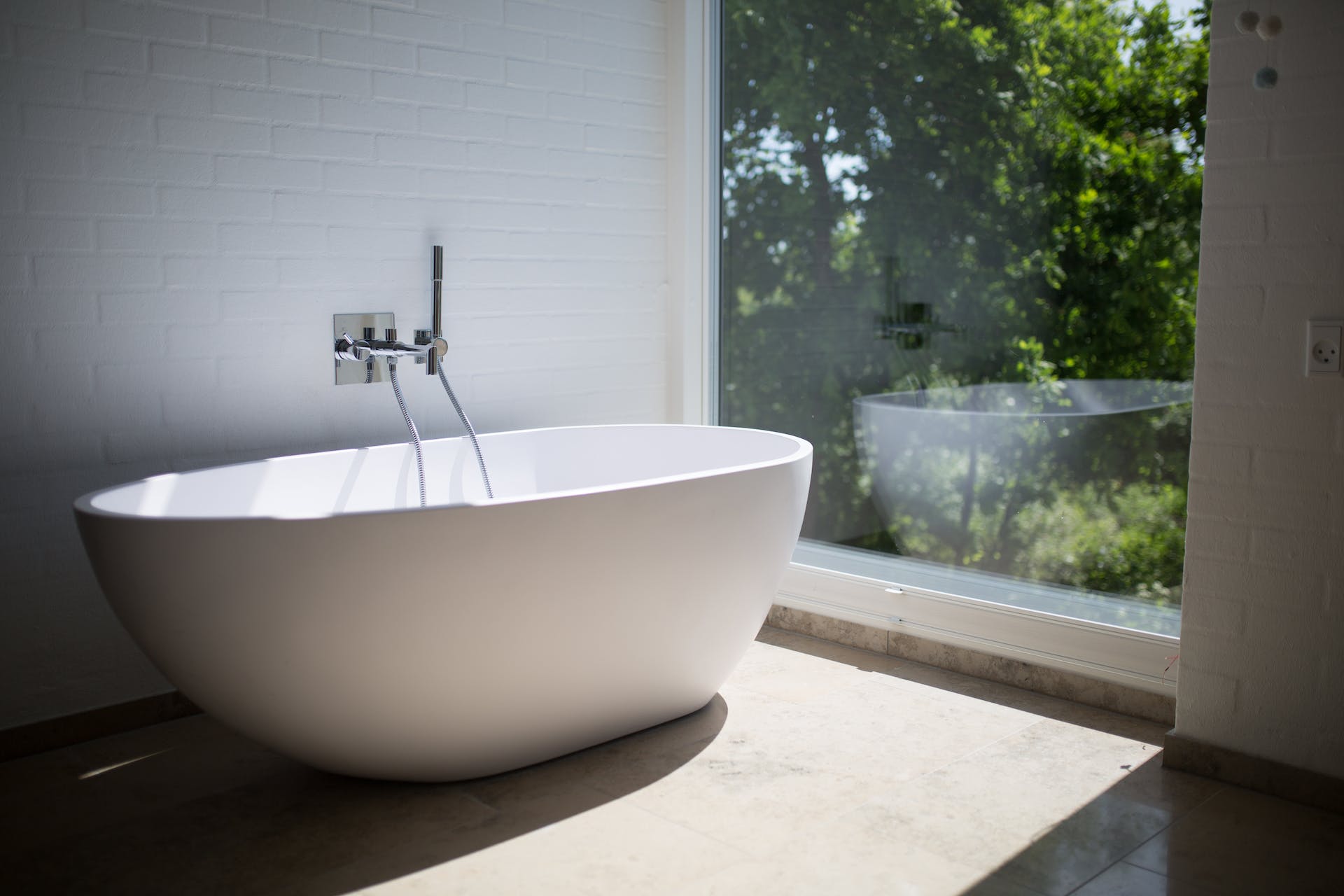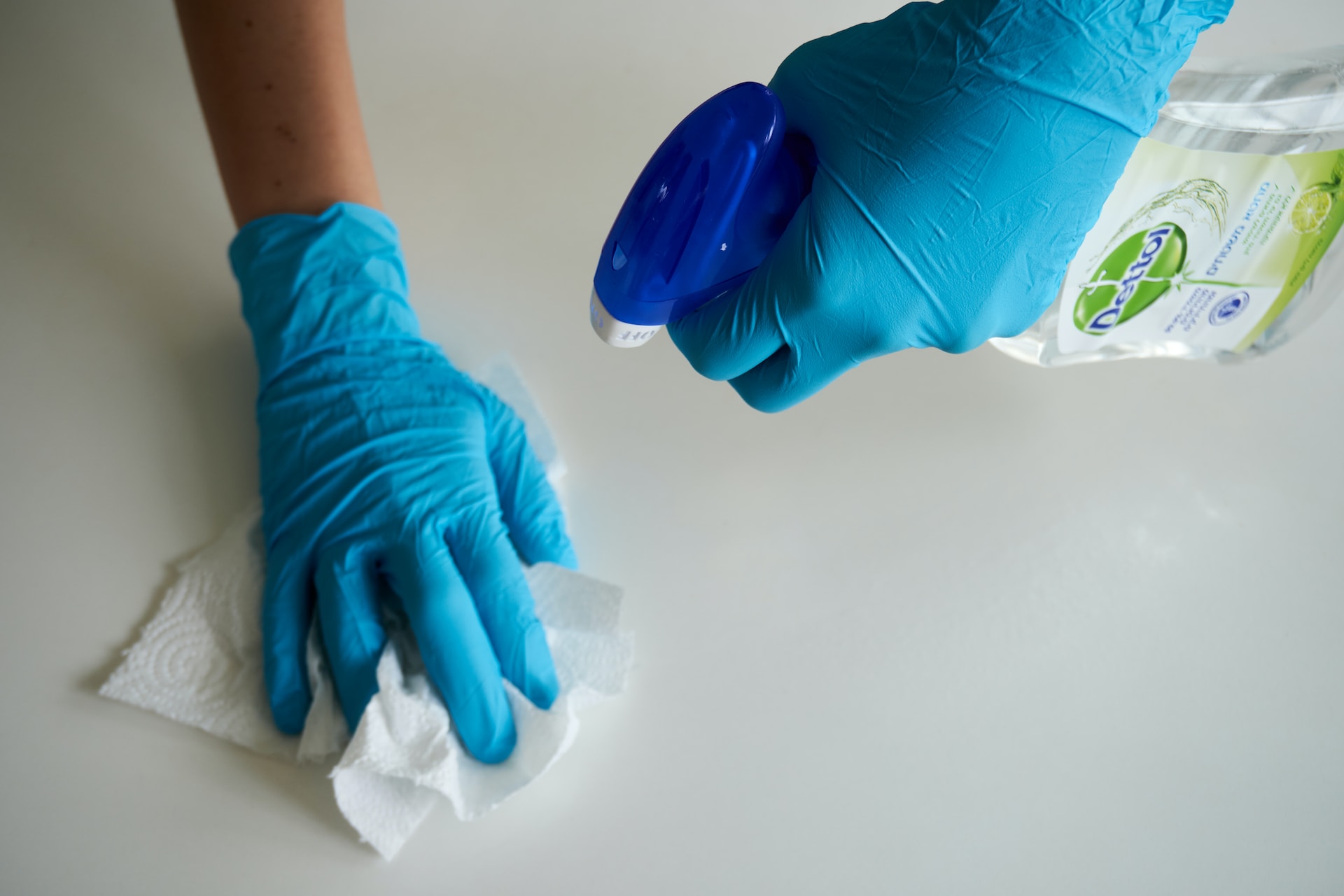
Diving into the inviting, steamy waters of a hot tub is a universally relaxing experience. But before you can sink into its warm embrace, there’s a crucial question many new and seasoned hot tub owners ask: “How long do hot tubs take to heat up?” The answer is not as straightforward as one might hope, depending on a variety of factors from the size of the tub to the temperature of the water used to fill it. In this deep dive, we’ll explore everything you need to know to get your hot tub ready for that relaxing soak as efficiently as possible.
Understanding the Heating Process
The journey to a warm and welcoming hot tub begins with understanding the basics of how hot tubs heat water. Essentially, a heating element, much like those found in a standard water heater, warms the water circulating through the hot tub’s components. This process can be influenced by various factors, including the initial water temperature and the ambient air temperature around the tub.
The Role of Hot Tub Covers
A good quality hot tub cover is more than just an accessory; it’s a critical component in heating your hot tub efficiently. Not only does it trap heat inside, preventing heat loss to the cold air above, but it also serves as a barrier against debris. By keeping the cover on when the hot tub is not in use, you ensure that the heat energy remains where it’s needed, directly in the water.
The Impact of Ambient Temperature
The temperature of the air surrounding your hot tub plays a significant role in the heating time. Cold air can cause heat to escape more quickly from the tub, especially if it’s not well-insulated. This means that on chillier days, your hot tub will take longer to reach your desired temperature.
Initial Water Temperature Matters
The temperature of the water you use to fill your hot tub initially can dramatically affect how long it takes to heat up. Filling your tub with warmer water from a garden hose, if possible, can shave off significant time from the heating process compared to filling it with cold water.
Size Does Matter
The capacity of your hot tub is another crucial factor. A large hot tub will naturally take longer to heat than a smaller one, simply because there’s more water to heat. This is where understanding your hot tub’s specifications and heating efficiency becomes important.
Heating Efficiency and Hot Tub Design
The design of your hot tub, including the insulation of the hot tub cabinet and the efficiency of the heating element, directly impacts how quickly it can heat up. Tub insulation, designed to retain heat inside the tub, and a powerful heater can make a huge difference in reaching that ideal temperature swiftly.
Enhancing Heat Retention
Beyond the hot tub’s built-in features, there are additional steps you can take to ensure your hot tub heats up faster and retains that heat longer. Using a floating thermal blanket beneath your main hot tub cover, for example, adds an extra layer of insulation that can prevent heat loss.
The Benefits of Thermal Blankets
Thermal blankets are designed to lie directly on the hot tub’s water surface, providing an effective barrier against heat loss. They not only retain heat inside the tub but also reduce evaporation, which can further cool the water.
Creating a Wind Barrier
Natural wind barriers, such as strategically placed landscaping or fencing, can significantly reduce the cooling effect of the wind on your hot tub. By reducing the amount of cold air that comes into direct contact with your hot tub, you can maintain a warmer temperature with less energy.
Choosing the Right Hot Tub Cover
Investing in a high-quality hot tub cover is one of the most effective ways to improve heating time and efficiency. A well-fitted cover that is designed to trap heat inside can make a significant difference in both the speed of heating and the overall energy costs.
The Influence of Sun Exposure

Placing your hot tub in a location where it can benefit from the sun’s warmth during the day can help preheat the water naturally. This solar assistance can reduce the workload on your hot tub’s heater and decrease the time it takes to reach a comfortable temperature.
Heating Large vs. Small Hot Tubs
The difference between heating a large hot tub versus a small one can be substantial. While small hot tubs can heat up relatively quickly, larger models, especially swim spas, require more time and energy. This is an important consideration for those contemplating the size of their next hot tub purchase.
Maximizing Energy Efficiency
Energy efficiency in heating a hot tub is not just about speed; it’s also about cost. Techniques such as using insulated sheets beneath the hot tub, utilizing sleep modes for the heating system, and maintaining the heater efficiency through regular maintenance can all contribute to more sustainable operation.
Advanced Heating Strategies
For those seeking to optimize their hot tub’s heating time, exploring advanced strategies like installing a more powerful heater, using an immersion heater for an initial boost, or even upgrading to a model with better energy efficiency ratings can offer significant benefits. These options can directly tackle the challenges of heating efficiency, reducing the time it takes for your hot tub to reach the ideal temperature without skyrocketing energy costs.
The Role of Water’s Starting Temperature
It’s worth reiterating the importance of the water’s starting temperature. Using hot water to fill your hot tub, when feasible, can dramatically reduce the initial heating time. This method effectively bypasses the need for your hot tub’s heater to work overtime in bringing cold water up to a warm temperature.
Managing Heat Loss
Understanding and managing heat loss is crucial for any hot tub owner wanting to heat their tub more efficiently. Heat can escape not only through the surface but also through the sides and the base, especially if the hot tub’s insulation is lacking. Ensuring your hot tub is well-insulated, not just with a cover but also in its construction, including the hot tub’s base and sides, can minimize heat loss.
The Importance of Regular Maintenance

Regular maintenance of your hot tub’s components, especially the heating element and water heater, ensures they are operating at peak efficiency. Over time, scale and debris buildup can impact heater efficiency, leading to longer heating times and increased energy use.
Adjusting for Seasonal Changes
Seasonal changes in ambient temperature and air temperature can significantly impact how long your hot tub takes to heat. In colder months, it may be necessary to adjust your heating strategy, such as increasing insulation or using thermal blankets more consistently to combat the cold air and cold pockets around the hot tub.
Utilizing Modern Technologies
Modern hot tubs come equipped with technologies designed to improve heating efficiency. Features like programmable heating settings, advanced insulation materials, and even smart home integration can provide owners with more control over the heating process, making it easier to achieve and maintain the perfect hot tub temperature.
The Bottom Line: Patience Pays Off

While it may seem like there are many factors influencing how long your hot tub takes to heat, the good news is that most of these can be managed with a little knowledge and preparation. By understanding your hot tub’s heating process and taking proactive steps to enhance efficiency, you can reduce the wait time for your hot tub to heat up. Whether it’s through strategic placement, using the right accessories, or simply being mindful of the initial water temperature, the key to a quicker warm-up time lies in paying attention to the details.
In conclusion, the question of “how long do hot tubs take to heat up?” doesn’t have a one-size-fits-all answer. It’s influenced by a myriad of factors, from the size of the tub, the ambient and initial water temperatures, the efficiency of the heating system, and the quality of insulation. By addressing these aspects, hot tub owners can enjoy a quicker transition to their relaxing soak, making the most of their hot tub experience with minimal wait. Remember, a little patience and a lot of care can ensure that your hot tub is ready when you are, offering the warm and inviting retreat you’ve been looking forward to.
